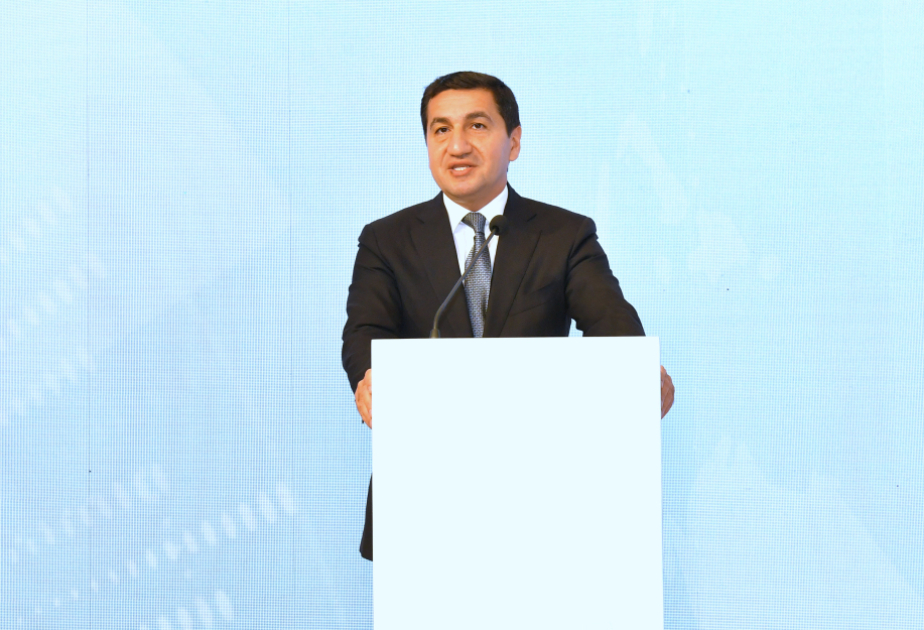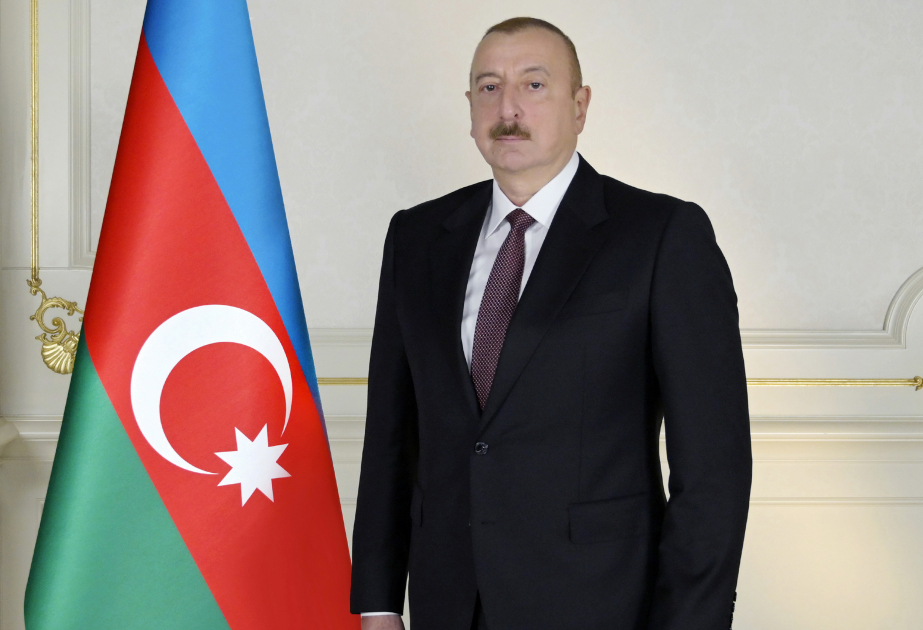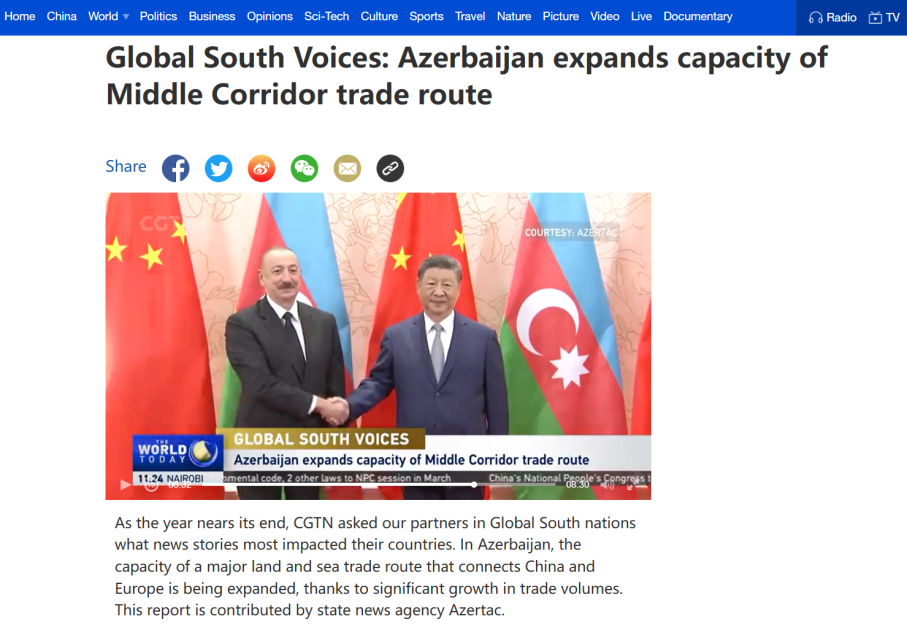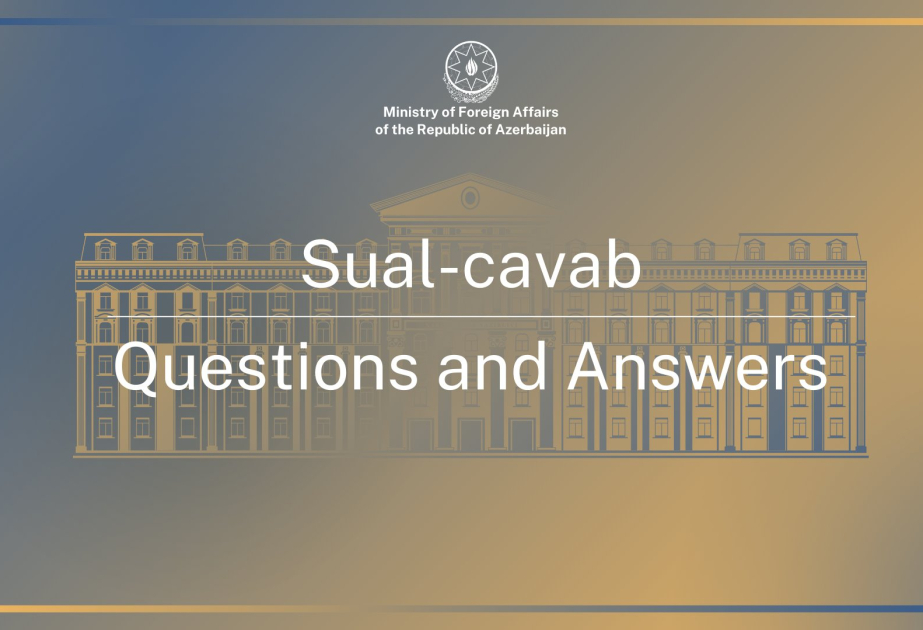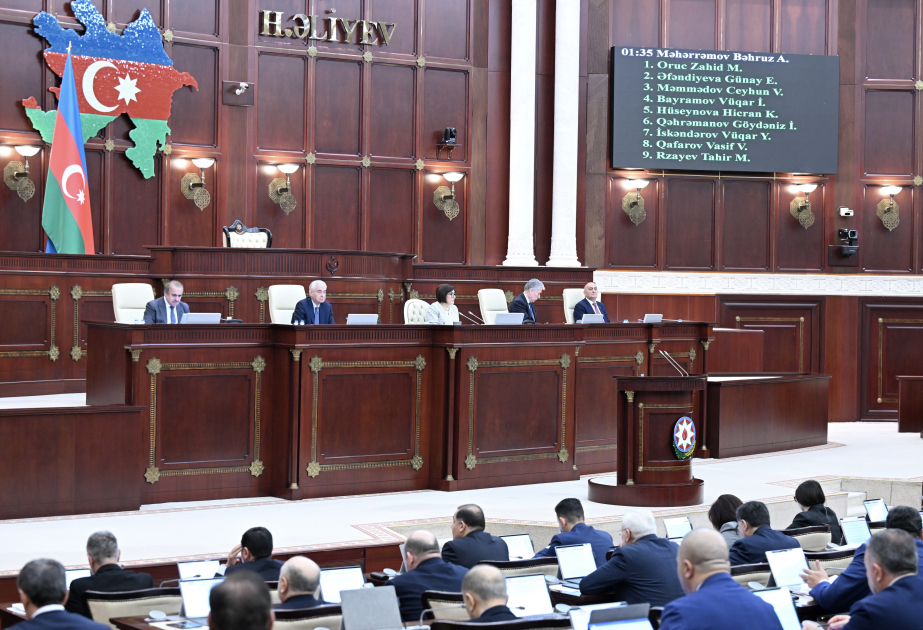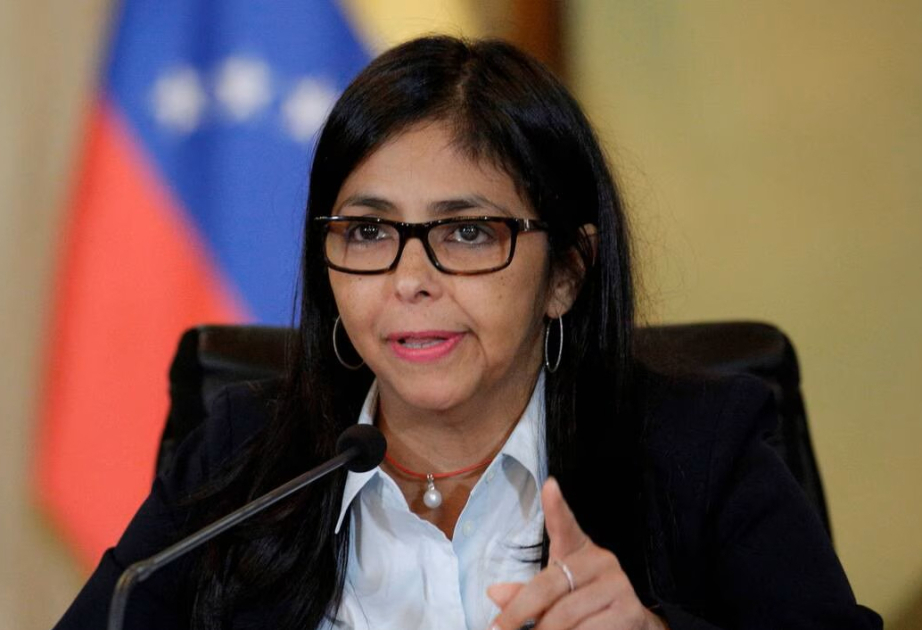ARTICLE I
History and the Armenian political mirage
The 20th century is rich in facts of political crisis. In fact, there were so many types of political crises during that period that their comprehensive classification requires a separate scientific approach. Political scientists characterize the political crisis as a difficult transition stage of a certain social system. At this time, the regularity of the operation of that system is disturbed and interruptions occur.
But a crisis is a time zone that can be a turning point for the next phase. This happens in both positive and negative ways. That is, a political crisis can either develop the socio-political system and the state as a whole, or destroy it.
This kind of meaning of political crisis, in fact, originates from the theoretical meaning of society in modern science. Thus, according to the synergistic approach, which studies the general mechanisms and laws of society's transition from chaos to order, a chaos zone is created in the life of every society, and the further development line of society is determined in that zone. But for this to happen, it is necessary for the society to have an internal "thesaurus" (real choice options). If there are no factors within society that provide such subtle choices, then degradation is more likely. At the same time, when the society cannot determine the correct line of renewal, the society can "swell horizontally", that is, the crisis spreads and can affect the country as a whole.
It is assumed that according to modern scientific ideas, development can occur after chaos in any country. At the same time, the chaos would plunge the country into deeper disorder. Finally, in the third option, the country neither develops nor perishes, but turns into a passive mass that is unable to progress and counts in place.
After the collapse of the USSR, no one knew in advance which of the countries that gained independence would progress and which would decline. Only a very limited number of those involved in direct political activity could understand this. However, there was not a single Armenian politician among them. This is proven by the way Armenia has traveled as a country since 1989. Opinions about this path being the "development path" of Armenian statehood were actually an ideological mirage. The best expression of this mirage was given by Ronald Grigor Suni, an American historian of Armenian origin, at a conference held in Yerevan in the second half of the last cool 90s, to be more precise, in 1997. Look at the verdict of fate: R. Sunin's tribe is from Zangezur. His father grew up in Tbilisi and was a composer. I don't believe in mysticism, but the fact that an Armenian from Zangezur, as a historian in Yerevan, told the Armenians "you are wrong, Muslims prevailed in Yerevan and Zangezur" could have been due to God's will.
There, R.G. Suni clearly stated that Heydar Aliyev restored independent statehood in Azerbaijan and has already established it, while Armenia does not yet have an independent state. Dear reader, you are right: Armenians should have stoned these relatively objective compatriots. And they did... After the conference, the police barely managed to free him from the hands of the radical Dashnaks. Although R. G. Suni tried to tell his accusers that he did not create the demographic facts himself, he took them from the works of Armenian historians George Burutyan and Richard Hovhannisyan. They also got those figures from specific historical sources. In other words, what R.G. Suni said in this matter was a truth. However, he was not talking about Turks, but about Muslims in general, under which there was a possibility that Persians might be there as well.
Armenian chauvinists were not satisfied with the post-conference pressures. Official Irevan's ideological rioters called R.G. Suni and his colleagues traitors, traitors and liars. Among them were Armen Ayvazyan and Zori Balayan, who are familiar to Azerbaijani readers.
Thus, even at the end of the last century, Armenian political circles and scientists continued to convince themselves of the mirage. With this, they not only made a historical mistake at the individual level, but also created conditions for the Armenian society to remain in a world of lies. Those "historians" knew that R. Suni and his colleagues were right, they were telling the truth, even if it was not complete. However, the Armenian political and intellectual consciousness has always been afraid of the truth and has been busy inventing so-called "historical truths" from themselves. For the sake of justice, let's emphasize that there were Armenian politicians who saw this disastrous situation. Specifically, L.T.Petrosyan tried to save Armenia as a country and society. Such attempts led to mass murder in the Armenian parliament in the last years of the 20th century. With this reactionary and illusory Armenian nationalism gave a complete answer to the intellectuals and politicians: Armenian nationalism will not deviate from the line of chauvinism and its own exceptionalism! In fact, this was the order of those who used Armenia as a pawn from outside, but the scene of realization was Armenia.
Of course, history does not forgive political mirages. Armenia should have received its answer sooner or later than it chose this path. They did not understand that Heydar Aliyev would greatly develop the independent state based on the real historical facts of Azerbaijan's statehood and patriotism, and one day he would be judged. By declaring historians like R. Suni as traitors, the Armenian society as a whole continued to drag itself into disaster. However, the 20th century told the world what a political crisis means in several examples. Armenians have not been able to learn a single lesson from this. Looking at some of those political crises, it is not difficult to understand that Armenia's search for a new constitution in the current political crisis has in reality hit a political dead end.
The paths cross at a dead end
In general, political crises can be of external or internal origin. The first political science definition of "political crisis" belongs to Charles Herman (1963). According to his explanation, a political crisis is always an unexpected event. It can appear spontaneously and suddenly. This is expressed in the fact that political leadership and society as a whole suffer from a lack of time to react to events. As a result, the society as a whole can be fragmentarily divided into several crisis "lanes". Here, the conflict between the legislative branch and the executive branch of the government can be manifested. Society is ideologically divided into several camps. In a word, there will be lawlessness and lawlessness in the country. Arbitrariness puts the country in front of very serious problems.
A similar situation in Azerbaijan was created by the incompetent authorities of that period until June 1991-1993. However, Heydar Aliyev saved Azerbaijan from the crisis in a short time and also put it on the path of effective development. And in Armenia, there is still no one who can do it. In fact, if the Armenians looked at the political crises of the 20th century from a somewhat fair position, they could draw certain conclusions.
In 1934, the crisis of Abyssin arose. Italy attacked Yan-Yala (Ethiopia). The British and the French tried to reconcile those in conflict. Then it became clear that the League of Nations could not solve the problem. This led to the Second Italo-Ethiopian War. This event had a serious impact on the international relations system as a whole. Existing alliance formats in the West have collapsed and the world has become more uncontrolled. This situation allowed Hitler to occupy the Rhineland a year earlier than planned. Finally, the Hitler-Mussolini alliance strengthened.
In fact, the world had already received a warning about the political crisis. On the eve of the First World War, the Agadir crisis arose. It was the Second Moroccan crisis. The crisis started when the French occupied the Moroccan city of Fas (Morocco) in 1911. Germany did not accept this, and two major European powers began to fight for the Sultanate of Morocco.
Later, new political crises appeared. Aland crisis (1917-1921), Albanian crisis (1913), Iran crisis (1946), Persian Gulf crisis, Vietnam crisis, Korean crisis, Afghanistan crisis, etc. Each of them has its own characteristics. However, the point that unites them is that they are related to the spillover of the domestic crisis. Each of them has the peculiarity of not fighting for justice, but of making wrong decisions that harm others due to lack of time when faced with a crisis.
Besides, a political crisis can drastically change the situation in a specific country. Here, the main role is played by not finding a fair and correct solution to the contradictions that grow within the society itself. Therefore, in order to fully understand each political crisis, it is necessary to look at it separately. In this aspect, it can be said without hesitation that Armenia has fallen into a unique political crisis.
Armenian example of a new political crisis
The originality of the situation related to Armenia is that, as in the examples of the political crisis we highlighted above, the crisis was not created by a strong and aggressive big state, but by a weak, so-called and rather chauvinistic country - Armenia, which has not yet formed as an independent state. Two signs of its political crisis are distinguished. First, it is related to the fact that the Armenian society accepts the illusory ideas of nationalism that have been formed over the years. Secondly, this situation is related to the constant stimulation by great powers from the outside.
The intersection of these two lines, as a whole, provoked Armenia to act as an aggressor. However, in the Armenian political and social consciousness, there has never been a line to solve the issues at the expense of internal potential. This gave a special content and purpose to the Armenian political crisis. The modern experience of Armenia as a state would show that this path is an extremely dangerous and unsuccessful choice. Also because the political crisis of Armenia is creating risks that are equally manifested on the national and regional scales.
(to be continued)
Fuzuli GURBANOV,
XQ analyst, doctor of philosophy


.jpg)
